Home>Furniture & Design>Interior Design Trends>What Is A Glass Menagerie
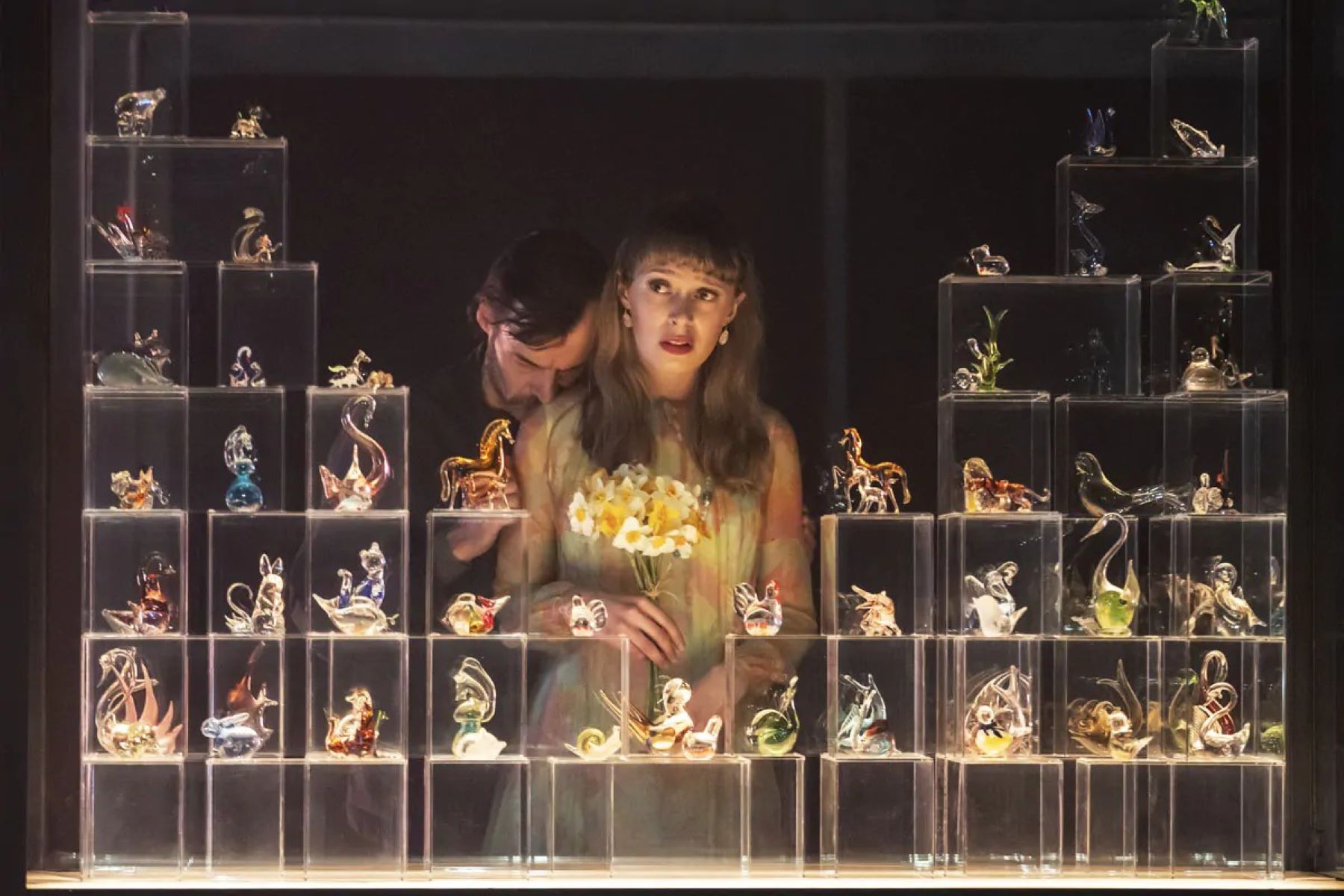

Interior Design Trends
What Is A Glass Menagerie
Published: February 3, 2024
Discover the latest interior design trends with our guide to creating a stunning glass menagerie for your home. Explore unique ideas and inspiration to elevate your space.
(Many of the links in this article redirect to a specific reviewed product. Your purchase of these products through affiliate links helps to generate commission for Storables.com, at no extra cost. Learn more)
Introduction
Glass menagerie, a delicate and captivating art form, has enchanted art enthusiasts and collectors for centuries. These exquisite glass figurines, often resembling animals and other intricate designs, are meticulously crafted to showcase the beauty and fragility of glass as a medium. The allure of glass menagerie lies in its ability to capture the imagination and evoke a sense of wonder through its intricate details and vibrant colors.
The art of glass menagerie has a rich history and has evolved over time, reflecting the creativity and craftsmanship of artisans across different cultures. From the opulent glass menageries of ancient civilizations to the modern interpretations crafted by contemporary artists, this art form continues to captivate and inspire.
As we delve into the world of glass menagerie, we will explore its origins, the diverse types of figurines that fall under this category, the intricate process of creating these delicate pieces, and the profound significance of glass menagerie in art and culture. Join us on this enchanting journey as we unravel the mesmerizing world of glass menagerie and gain a deeper appreciation for this timeless art form.
Key Takeaways:
- Glass menagerie is a captivating art form with a rich history, evolving from ancient civilizations to contemporary artists, showcasing the enduring appeal of delicate glass figurines.
- Glass menagerie encompasses a diverse range of figurines, from animal sculptures to mythical creatures, reflecting the boundless creativity and artistry of glassmakers across different cultures and eras.
Read more: What Is Fusible Glass
The Origin of Glass Menagerie
The origins of glass menagerie can be traced back to ancient civilizations, where the art of glassmaking flourished and gave rise to a myriad of exquisite glass figurines. The earliest known glass artifacts date back to ancient Mesopotamia and Egypt, where skilled artisans honed the craft of glassmaking, paving the way for the creation of intricate glass figurines.
One of the most renowned ancient glassmaking techniques is the art of glassblowing, which revolutionized the production of glass objects and allowed for the creation of delicate and detailed figurines. The Roman Empire further advanced the art of glassmaking, producing an array of glass vessels, beads, and figurines, showcasing the versatility and artistry of this medium.
During the Renaissance period, Venice emerged as a prominent center for glassmaking, giving rise to the famed Venetian glassblowers who crafted elaborate glass menagerie pieces. These exquisite figurines, often depicting animals and mythical creatures, became prized possessions among the nobility and aristocracy, symbolizing wealth and sophistication.
In the 19th century, the art of glass menagerie experienced a revival, with renowned glasshouses such as Baccarat and Lalique producing exquisite crystal figurines that adorned the homes of the elite. These opulent glass menageries showcased the technical prowess and artistic innovation of the era, solidifying the enduring appeal of glass figurines as coveted collectibles.
The 20th century witnessed a proliferation of glass menagerie production, with artists and glassmakers exploring innovative techniques and pushing the boundaries of traditional craftsmanship. From the intricate designs of Art Nouveau to the sleek and modern interpretations of Art Deco, glass menagerie continued to evolve, reflecting the changing aesthetics and cultural influences of the time.
Today, the art of glass menagerie encompasses a diverse range of styles and techniques, with contemporary artists and glassmakers pushing the boundaries of creativity and experimentation. From traditional handcrafted figurines to avant-garde sculptural pieces, glass menagerie continues to captivate collectors and enthusiasts, preserving its legacy as a timeless and cherished art form.
The evolution of glass menagerie spans millennia, weaving a rich tapestry of cultural heritage and artistic innovation. Its enduring allure and timeless beauty continue to inspire awe and fascination, making it a cherished art form that transcends time and captivates the imagination.
Types of Glass Menagerie
Glass menagerie encompasses a diverse array of figurines, each characterized by unique designs, styles, and artistic expressions. From delicate animal figurines to intricate decorative pieces, the world of glass menagerie offers a captivating tapestry of artistic diversity. Let's explore some of the prominent types of glass menagerie that have captivated collectors and enthusiasts throughout history.
-
Animal Figurines: One of the most iconic and beloved categories of glass menagerie is the animal figurines. These exquisite glass sculptures beautifully capture the grace and beauty of various creatures, ranging from majestic elephants and graceful swans to whimsical birds and delicate butterflies. The intricate details and vibrant colors of these figurines bring the natural world to life, evoking a sense of wonder and admiration.
-
Mythical Creatures: Glass menagerie also encompasses a realm of mythical creatures, where artisans unleash their creativity to craft fantastical beings such as dragons, unicorns, and griffins. These enchanting figurines embody the allure of folklore and fantasy, showcasing the imaginative prowess of glassmakers in bringing mythical realms to life through the delicate medium of glass.
-
Decorative Ornaments: Beyond animal and mythical figurines, glass menagerie includes a wide range of decorative ornaments that adorn homes and spaces with elegance and charm. From intricately designed paperweights and vases to ornate figurines depicting cultural motifs and symbols, these decorative pieces add a touch of sophistication and artistry to any environment.
-
Miniature Sculptures: Glass menagerie also encompasses miniature sculptures that showcase the technical precision and artistry of glassmakers. These diminutive yet intricately detailed figurines depict a myriad of subjects, from historical landmarks and architectural marvels to miniature replicas of famous artworks, demonstrating the versatility and skill of artisans in capturing intricate details on a small scale.
-
Seasonal and Festive Figurines: Another captivating category within glass menagerie is the seasonal and festive figurines that celebrate various holidays and occasions. From whimsical Christmas ornaments and Easter decorations to vibrant Halloween figurines, these seasonal glass sculptures infuse joy and festivity into homes, reflecting the spirit of different celebrations through the artistry of glass.
The diverse types of glass menagerie reflect the boundless creativity and artistry of glassmakers across different cultures and eras. Each category offers a unique glimpse into the intricate world of glass art, showcasing the enduring appeal and timeless beauty of this cherished art form. Whether depicting the natural world, mythical realms, or cultural motifs, glass menagerie continues to captivate and inspire, preserving its legacy as a cherished and enchanting art form.
A Glass Menagerie is a play by Tennessee Williams that explores the struggles of a family dealing with disappointment and dreams. It’s important to pay attention to the symbolism of the glass animals and the characters’ desires.
The Art of Making Glass Menagerie
The art of making glass menagerie is a meticulous and intricate process that requires exceptional skill, precision, and artistry. From shaping molten glass to adding intricate details and vibrant colors, the creation of glass figurines is a captivating fusion of technical expertise and creative expression.
The journey begins with the selection of high-quality glass, typically in the form of molten silica mixed with other minerals to achieve the desired transparency and color. The glassmaker carefully gathers the molten glass on the end of a blowpipe, skillfully manipulating its temperature and viscosity to achieve the perfect consistency for shaping.
Using a combination of blowing, sculpting, and shaping techniques, the glassmaker breathes life into the molten glass, transforming it into the desired form, whether it be a delicate animal figurine, a mythical creature, or an ornate decorative piece. The process demands precision and dexterity, as the glassmaker navigates the molten medium with finesse, coaxing it into intricate shapes and contours.
Incorporating intricate details into the glass menagerie requires a steady hand and a keen eye for precision. Whether it's delicately etching the fine lines of a creature's features or adding vibrant hues through the application of colored glass, each step contributes to the creation of a mesmerizing and lifelike figurine.
The art of making glass menagerie also encompasses the delicate process of annealing, where the freshly sculpted glass figurine undergoes controlled cooling to relieve internal stresses and strengthen its structure. This crucial step ensures the durability and longevity of the glass artwork, safeguarding it against potential flaws or breakage.
Throughout the entire process, the glassmaker's expertise and artistic vision converge, resulting in a stunning glass menagerie that embodies the fusion of technical mastery and creative expression. Each figurine is a testament to the artisan's skill and dedication, showcasing the timeless allure and delicate beauty of glass as a medium for artistic expression.
The art of making glass menagerie is a labor of love, requiring patience, precision, and a deep appreciation for the transformative power of glass as an artistic medium. From the ancient traditions of glassblowing to the innovative techniques of contemporary glassmakers, the creation of glass menagerie continues to captivate and inspire, preserving its legacy as a cherished and enchanting art form.
The Significance of Glass Menagerie in Art and Culture
The significance of glass menagerie in art and culture transcends its aesthetic appeal, encompassing a profound legacy that has left an indelible mark on the artistic landscape. As a cherished art form, glass menagerie holds a multifaceted significance that resonates with cultural heritage, artistic expression, and the enduring allure of craftsmanship.
At its core, glass menagerie serves as a testament to the ingenuity and creativity of artisans across diverse cultures and historical periods. From the ancient civilizations that pioneered the art of glassmaking to the contemporary glassmakers who continue to push the boundaries of innovation, the art form reflects the evolution of artistic techniques and the enduring legacy of craftsmanship.
Furthermore, glass menagerie holds a symbolic significance in cultural traditions and rituals, often serving as treasured heirlooms and symbols of prestige. Throughout history, glass figurines have adorned royal courts, noble households, and sacred spaces, embodying the opulence and refinement associated with artistic patronage and cultural expression.
In the realm of art, glass menagerie has inspired and influenced generations of artists, serving as a source of creative inspiration and technical mastery. The delicate beauty and intricate craftsmanship of glass figurines have permeated various artistic movements, from the ornate designs of the Art Nouveau era to the sleek and modern interpretations of contemporary art, leaving an indelible imprint on the visual arts.
Moreover, the significance of glass menagerie extends to its role as a cultural artifact that encapsulates the ethos and aesthetics of different time periods and societies. Each glass figurine embodies a unique narrative, reflecting the cultural motifs, mythologies, and artistic sensibilities prevalent in its creation, thereby serving as a tangible link to the cultural heritage of its origin.
In contemporary culture, glass menagerie continues to captivate and inspire, transcending geographical boundaries and resonating with a global audience. Its significance as a collectible art form and a symbol of artistic virtuosity endures, fostering an appreciation for the intricate artistry and timeless beauty encapsulated within each glass figurine.
In essence, the significance of glass menagerie in art and culture lies in its ability to transcend time and space, weaving a narrative of artistic innovation, cultural heritage, and the enduring allure of craftsmanship. As a cherished art form, glass menagerie continues to enchant and inspire, preserving its legacy as a timeless and captivating expression of human creativity and cultural richness.
Frequently Asked Questions about What Is A Glass Menagerie
Was this page helpful?
At Storables.com, we guarantee accurate and reliable information. Our content, validated by Expert Board Contributors, is crafted following stringent Editorial Policies. We're committed to providing you with well-researched, expert-backed insights for all your informational needs.
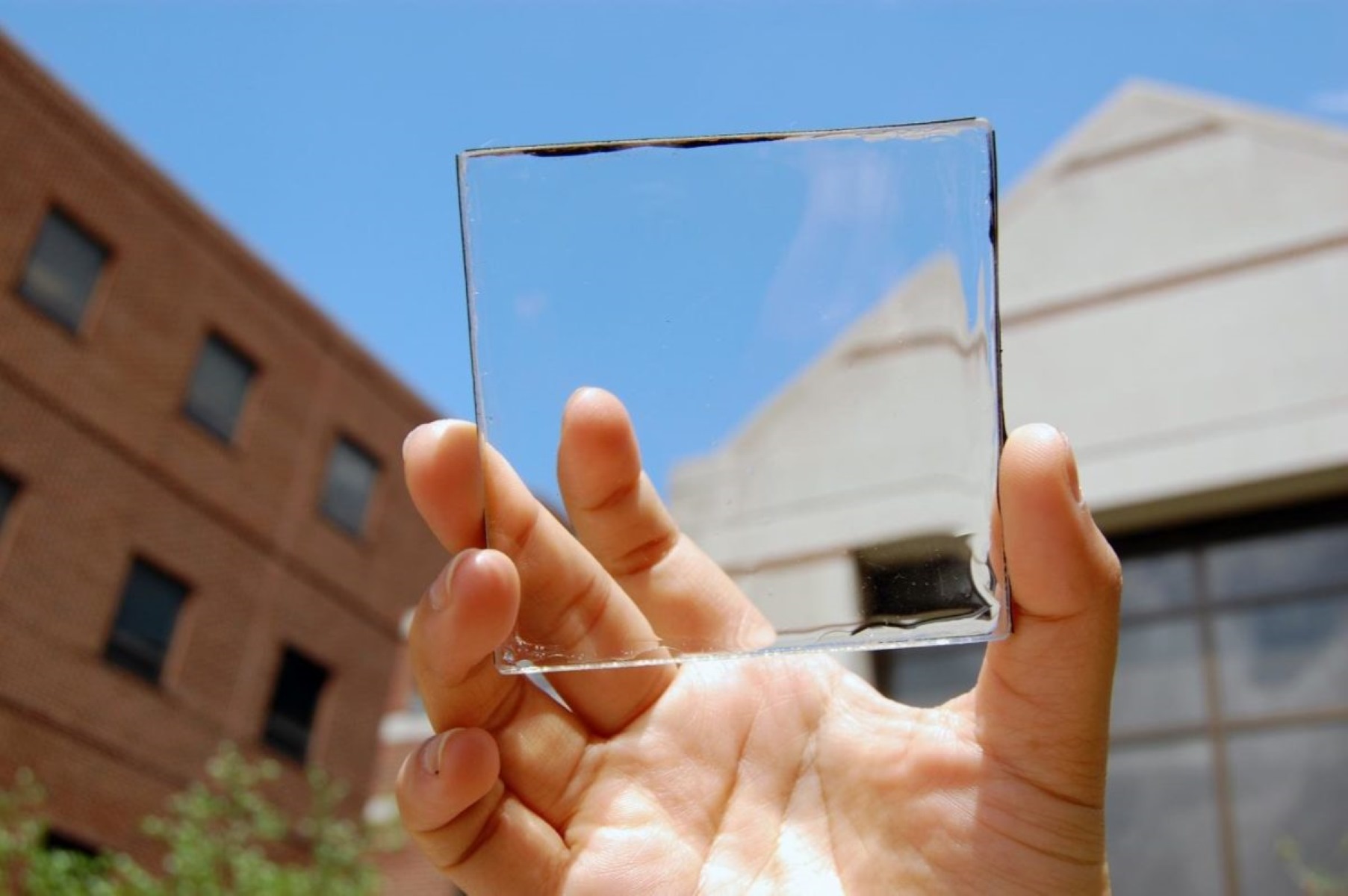
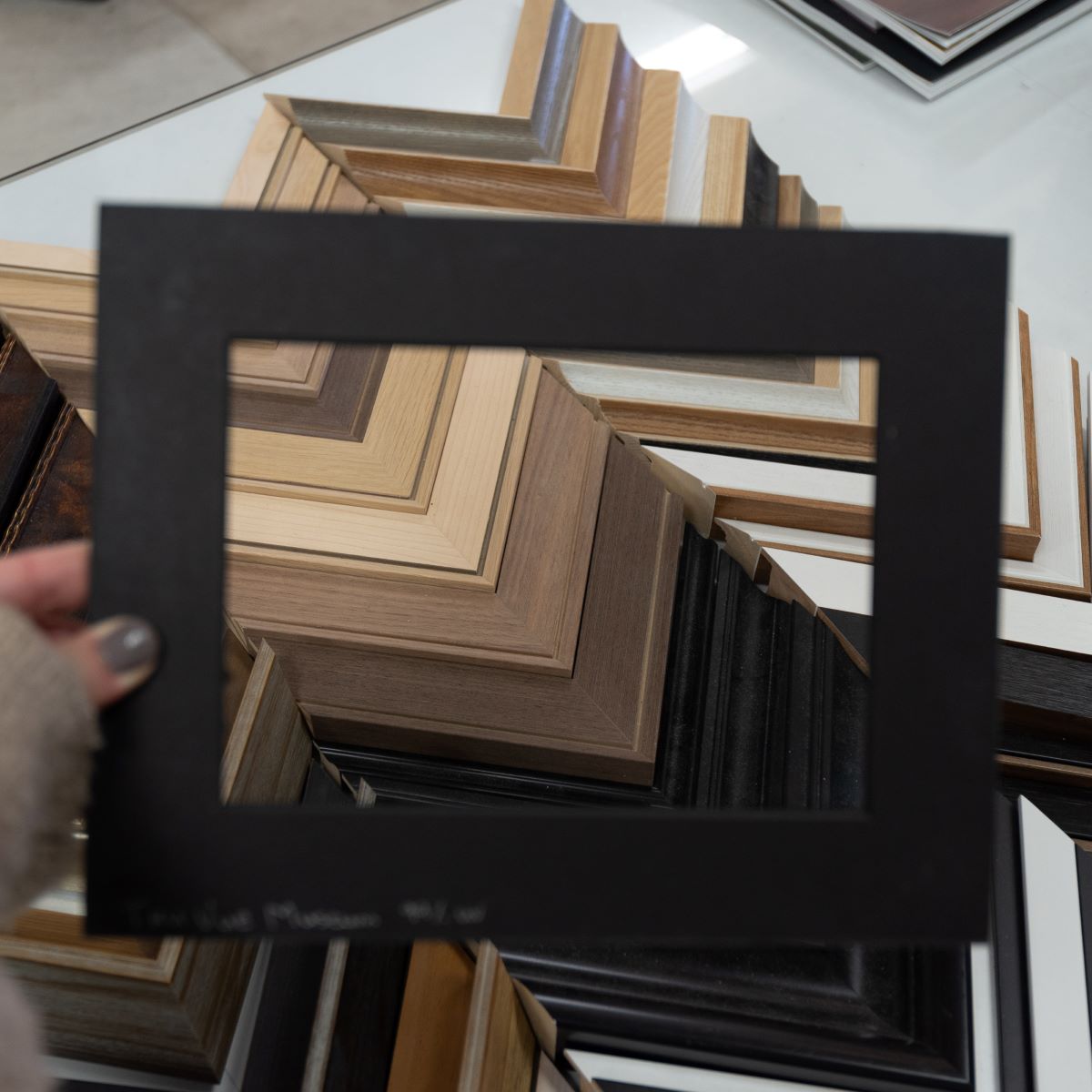
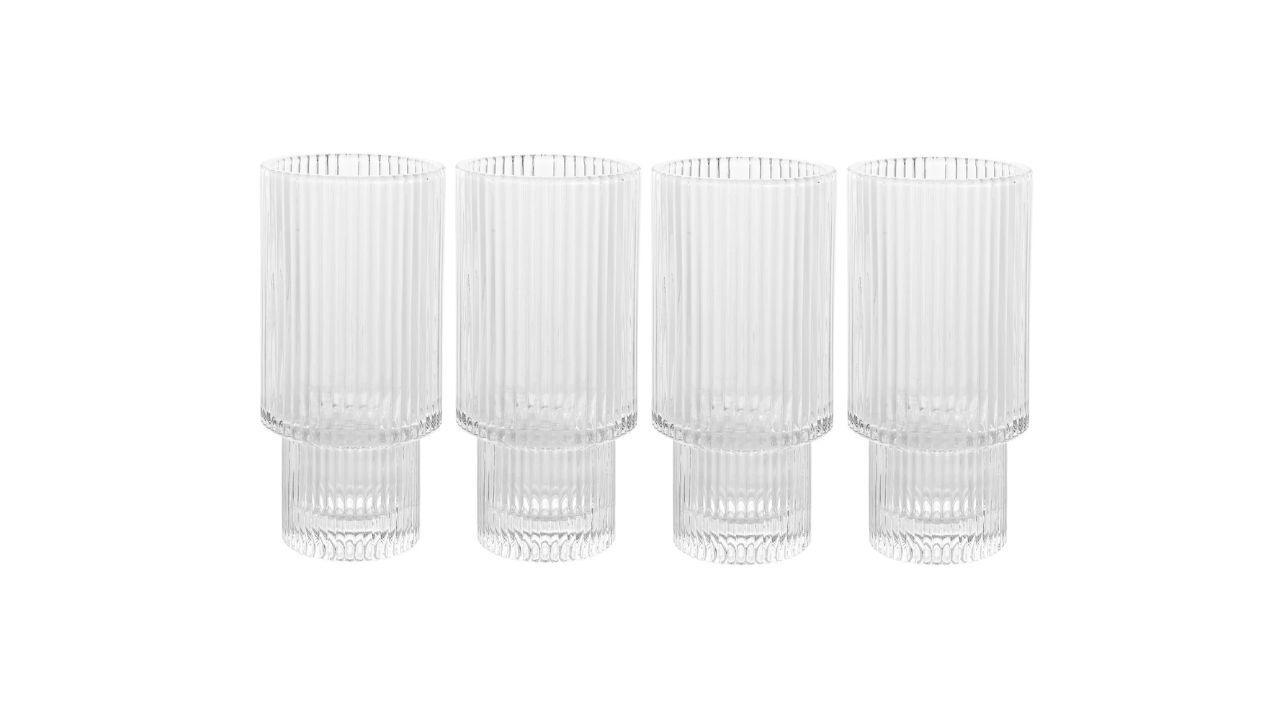
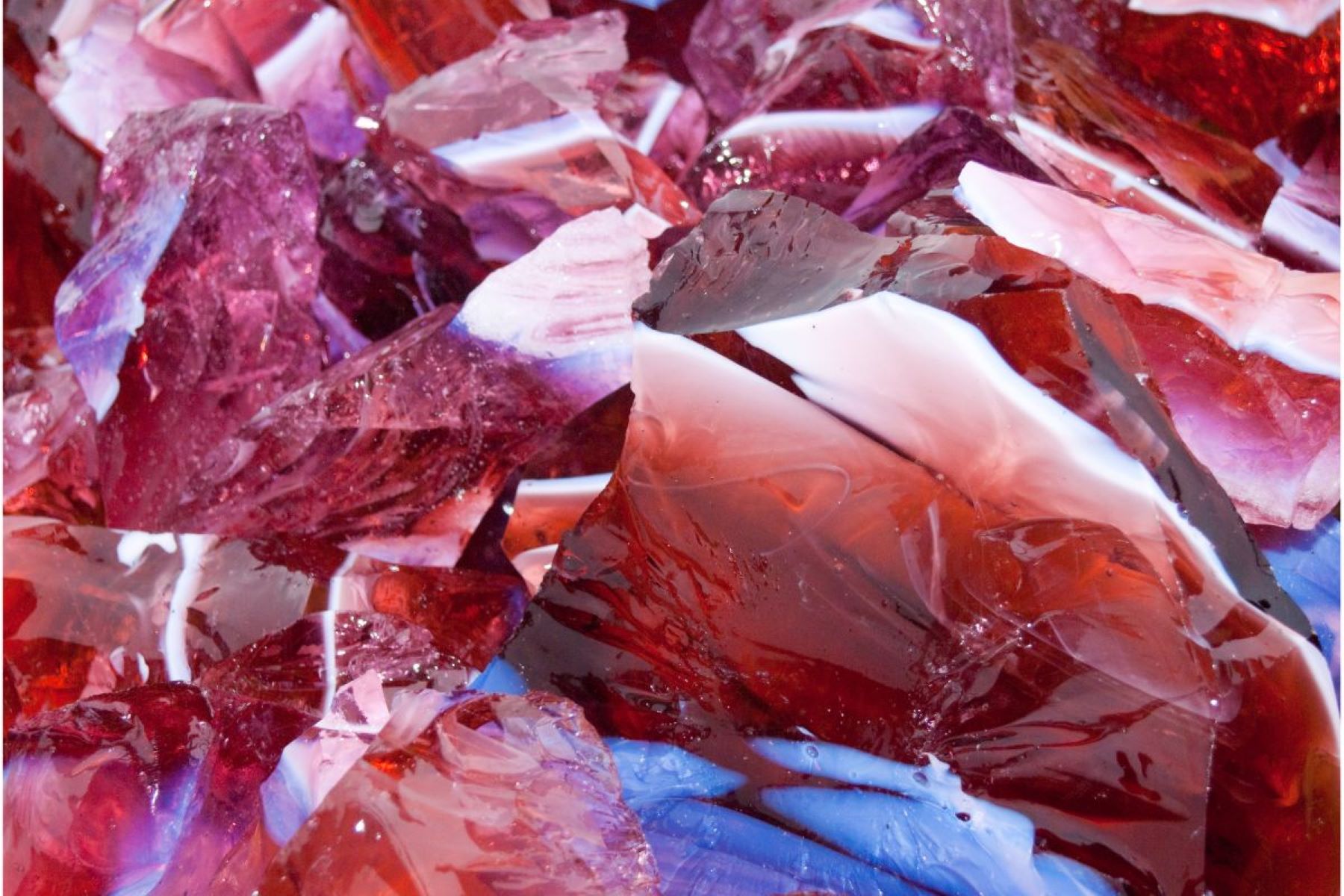
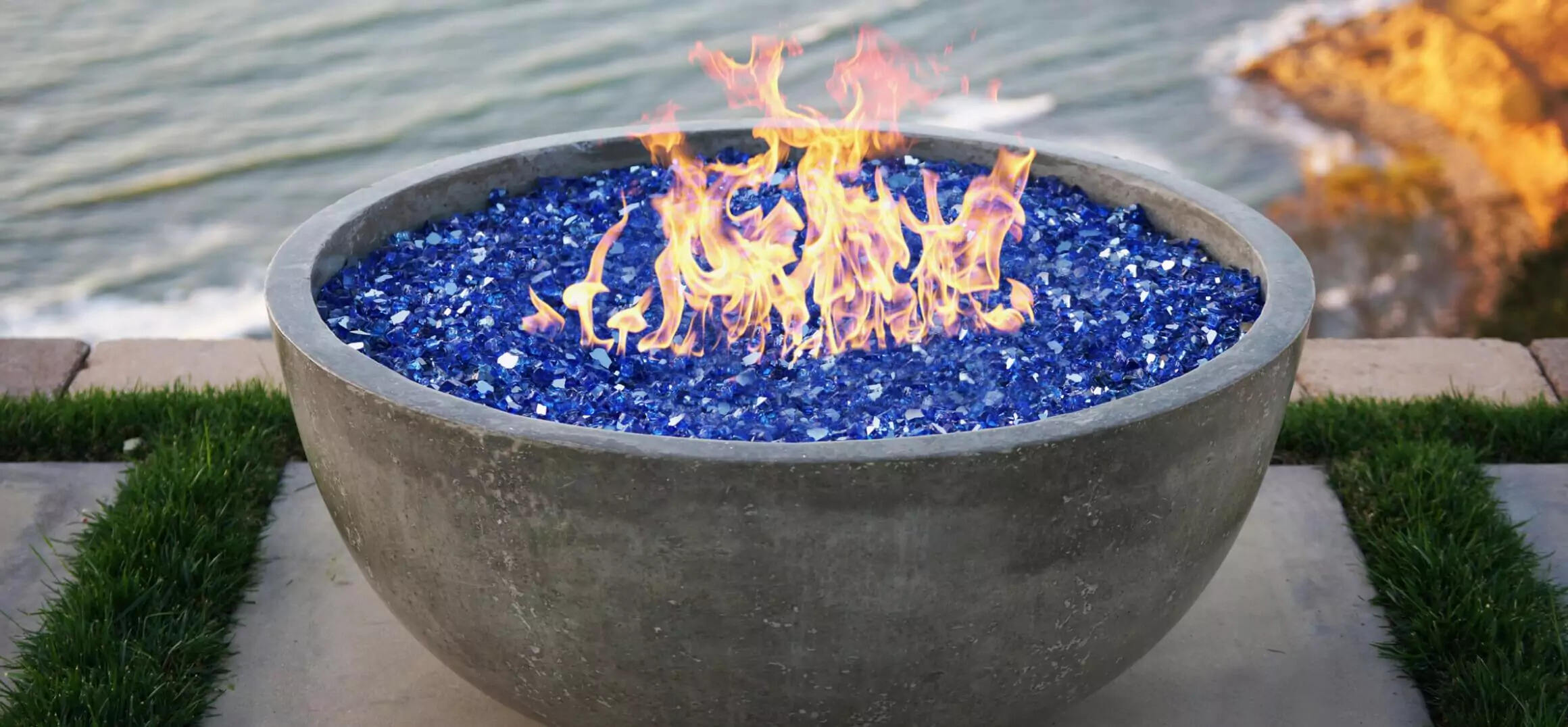
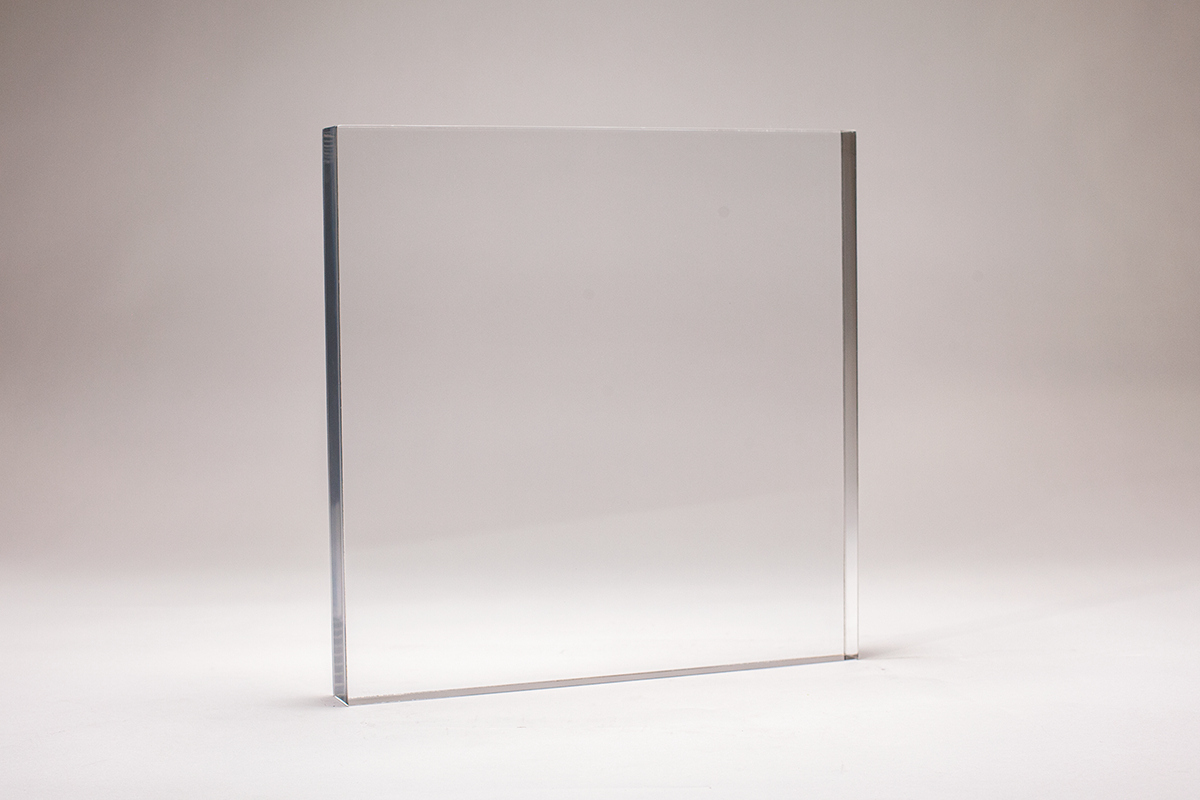
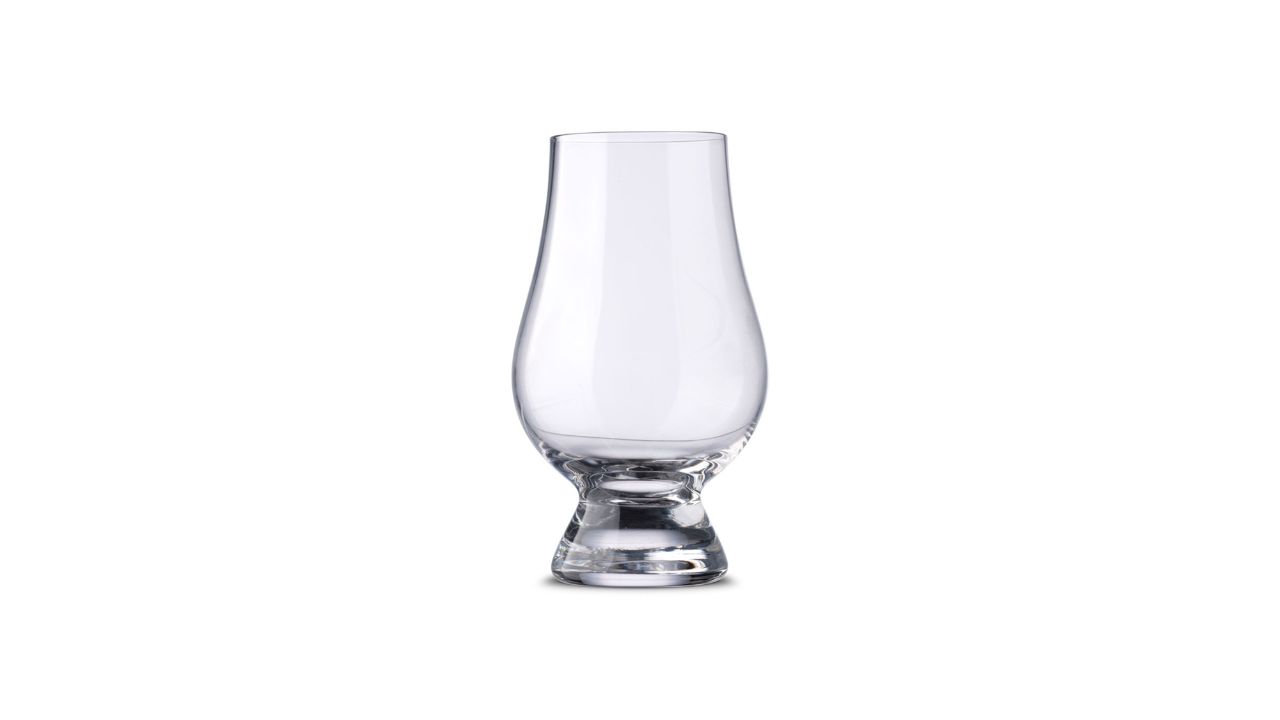
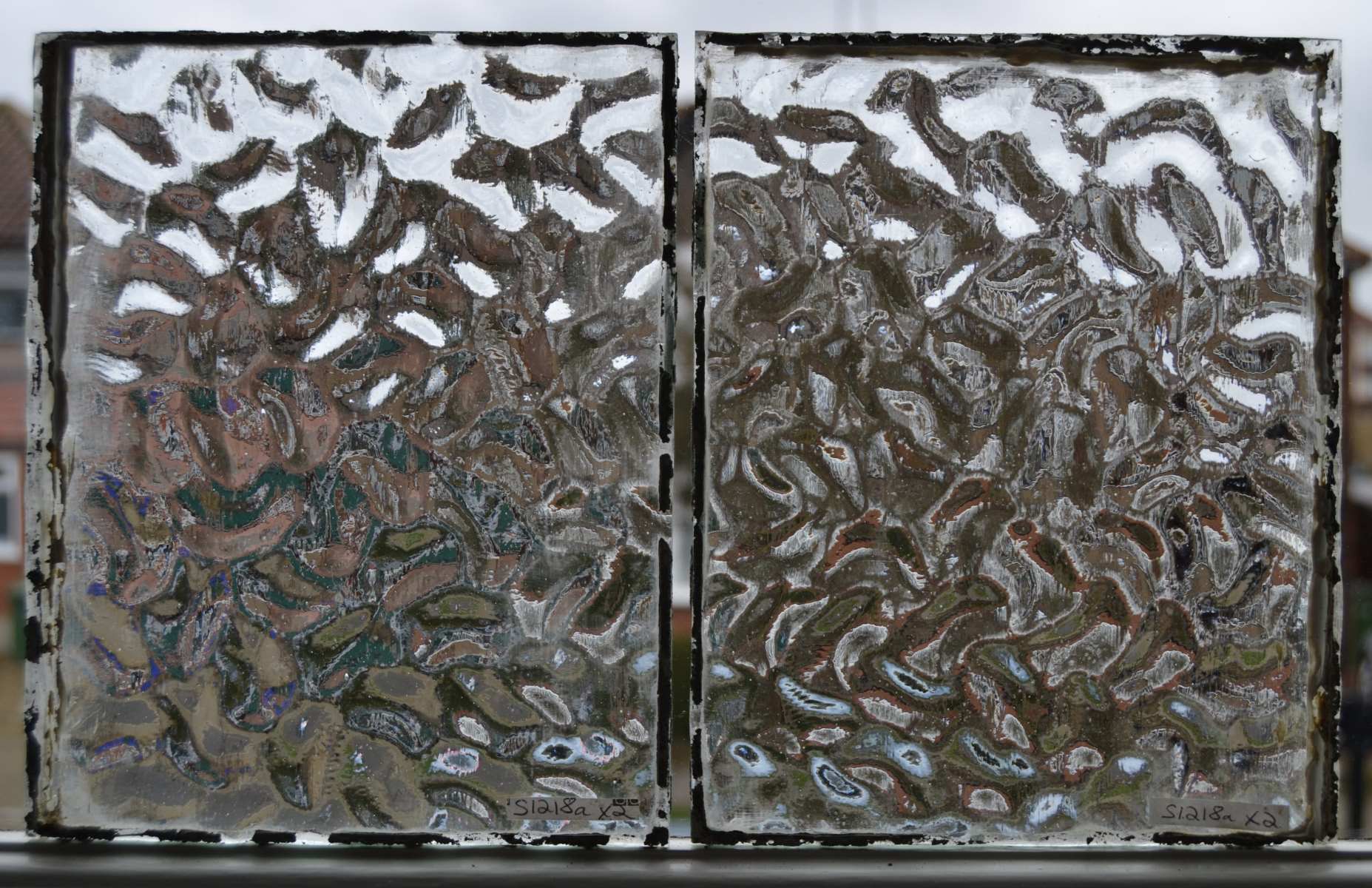

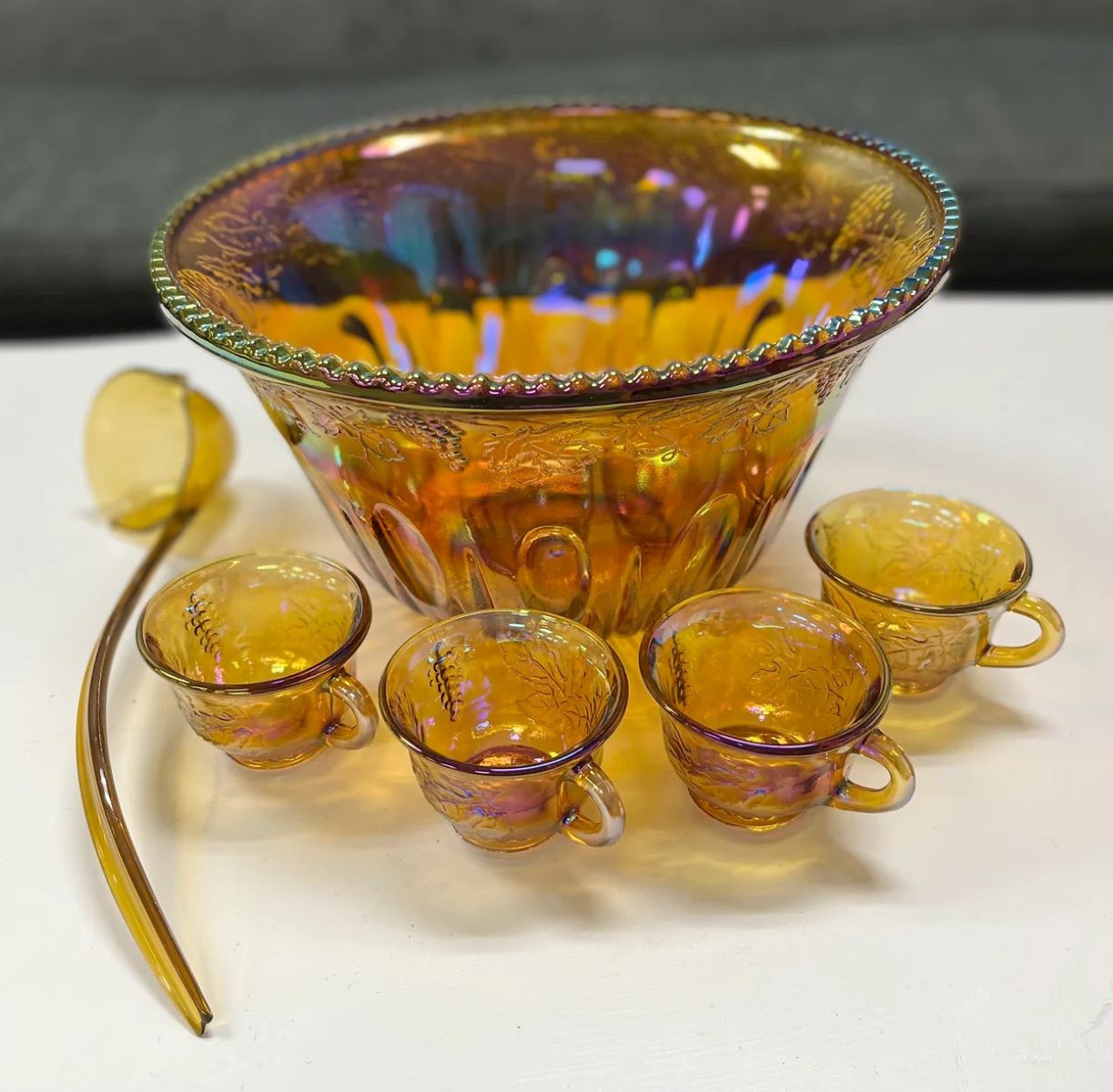
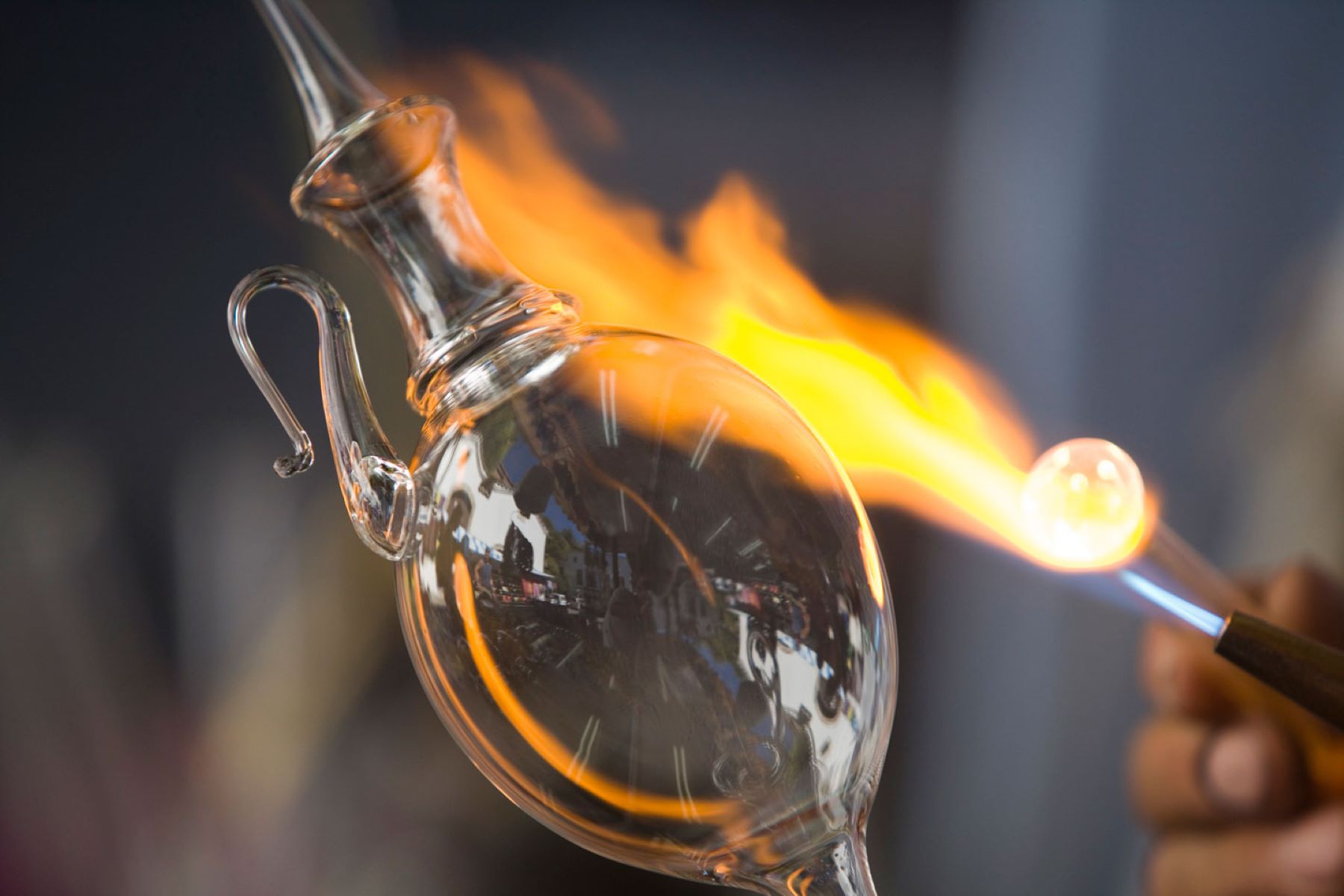
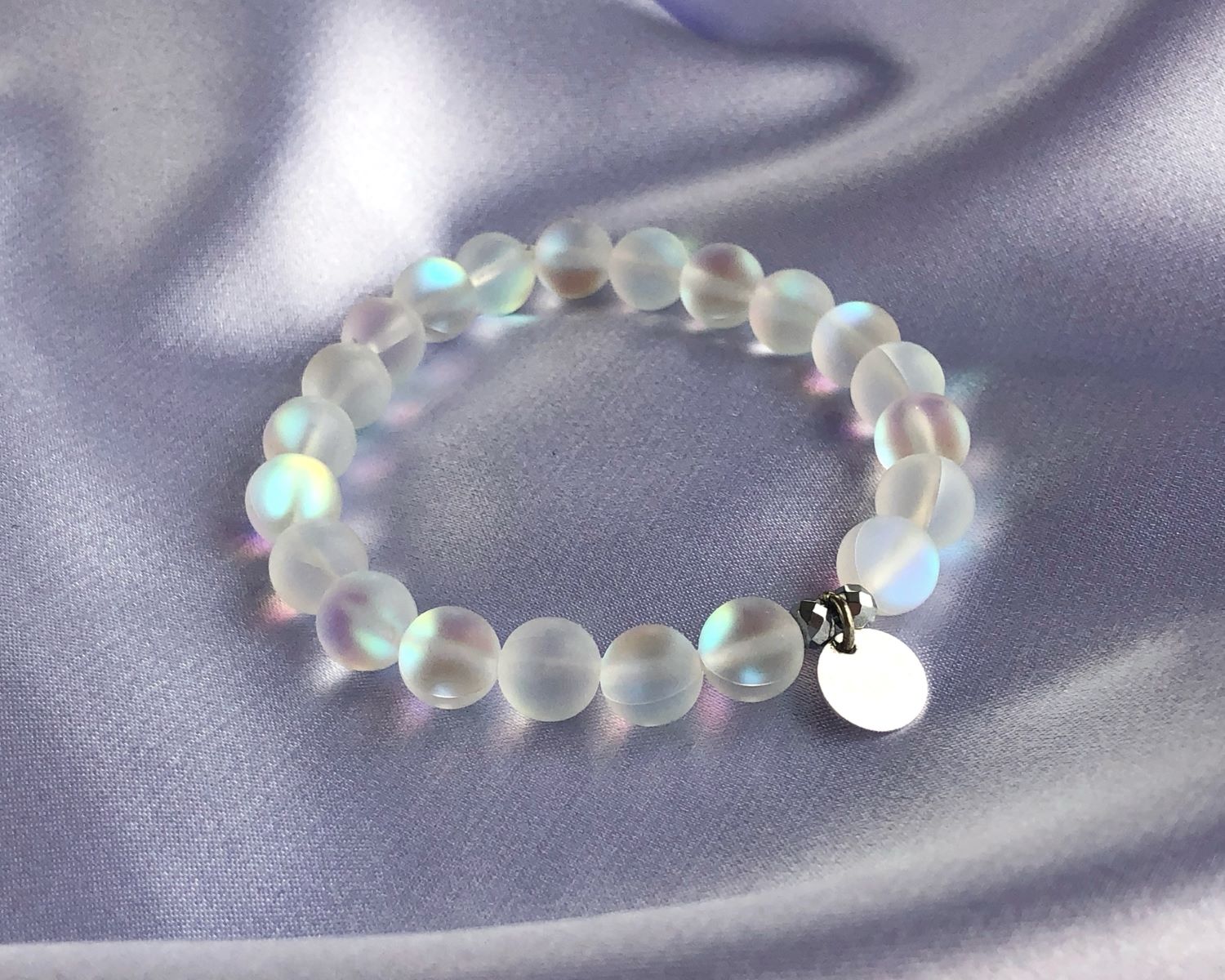

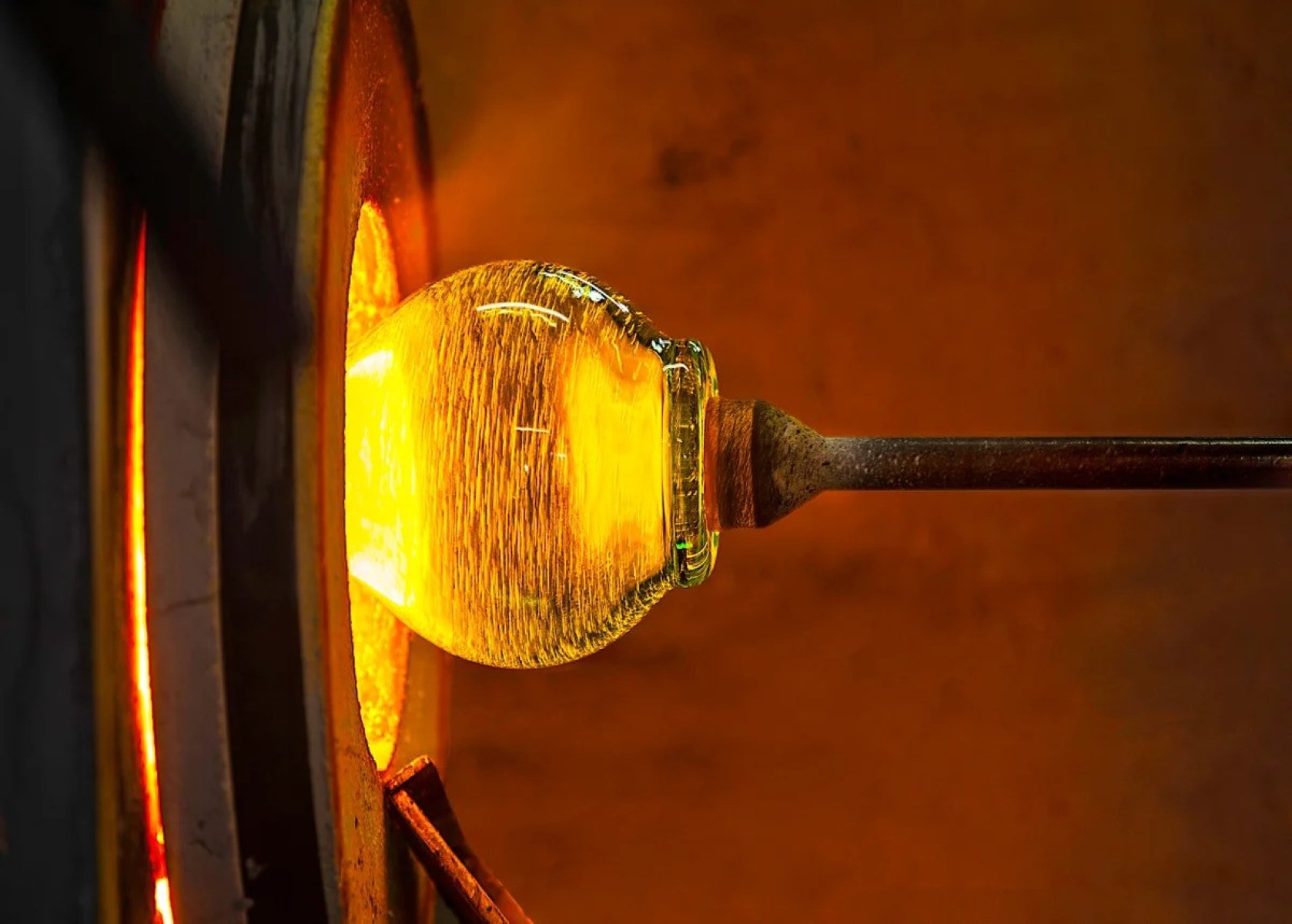
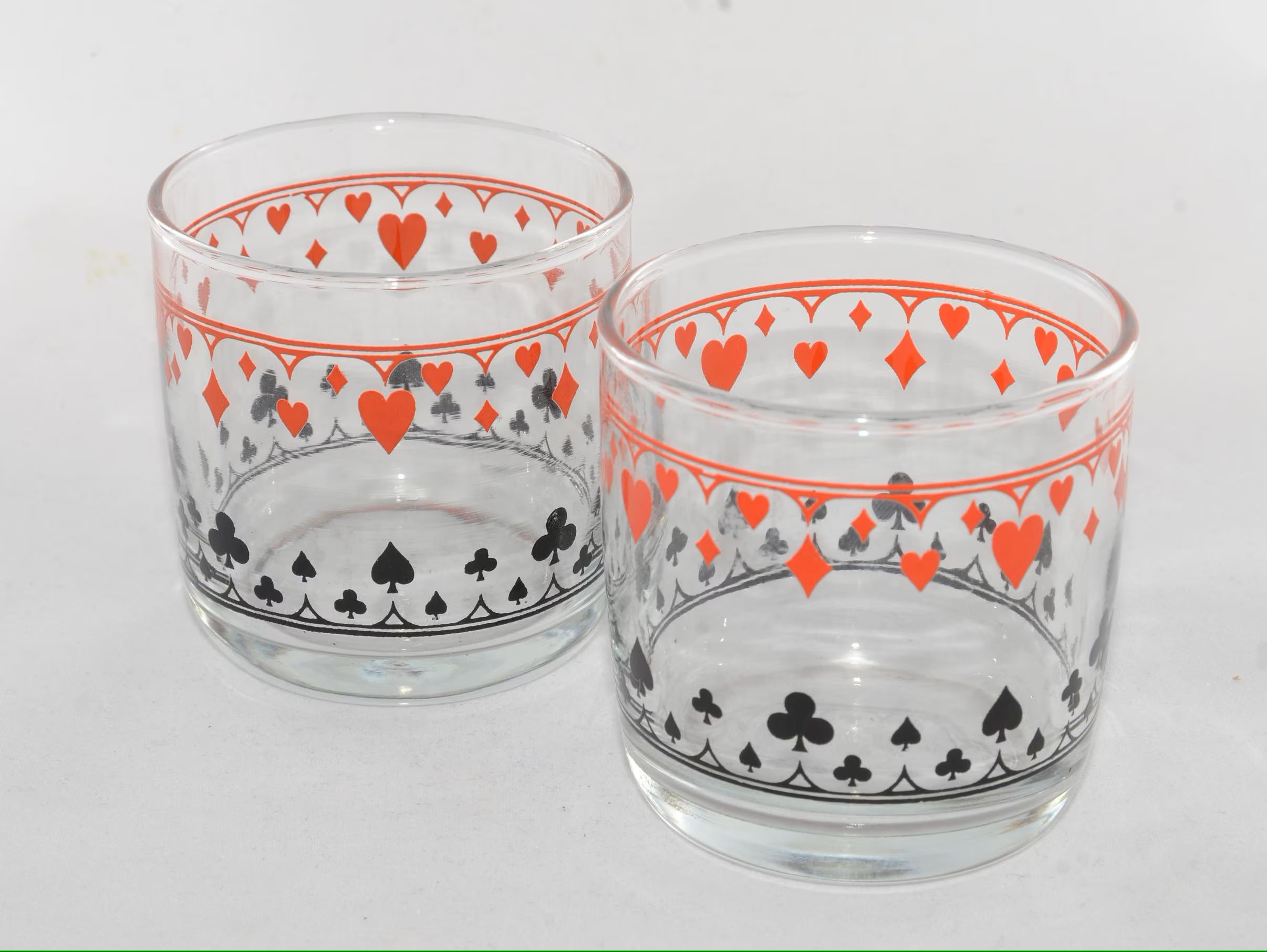

0 thoughts on “What Is A Glass Menagerie”